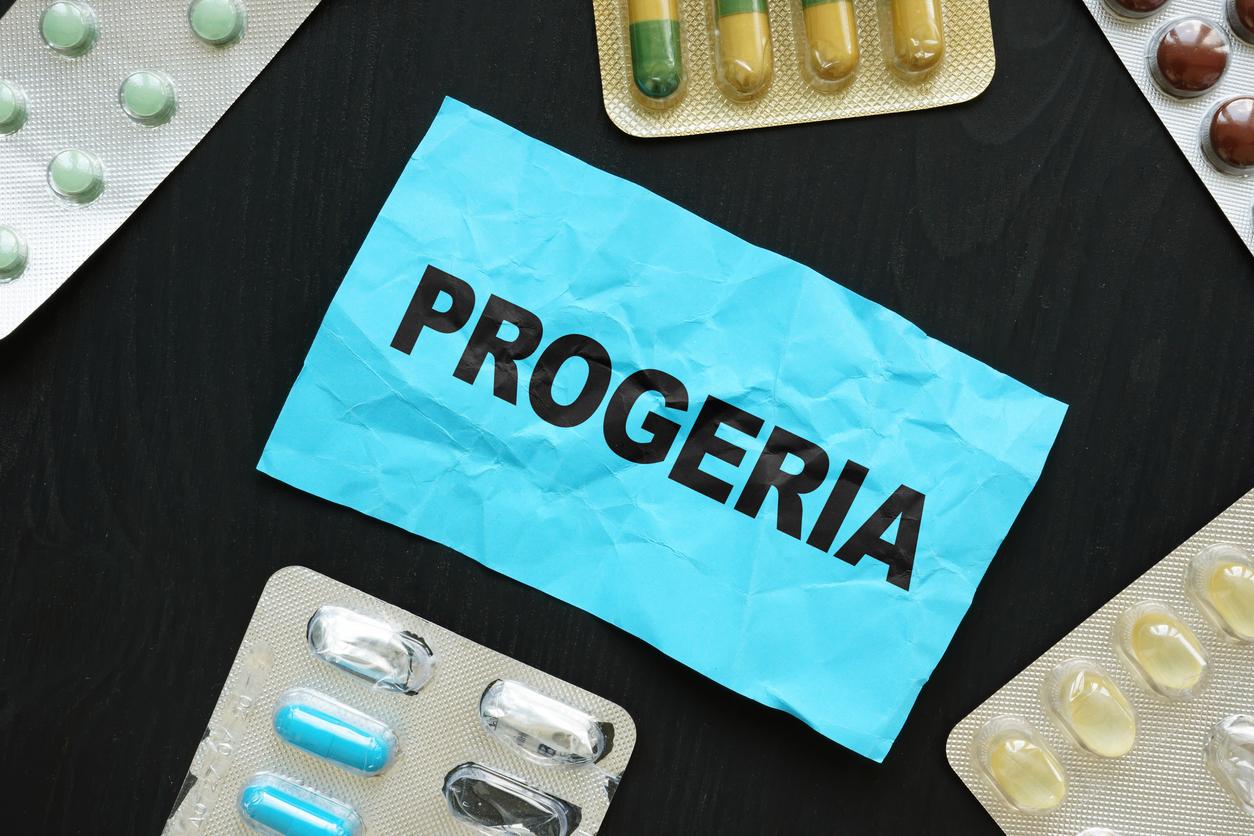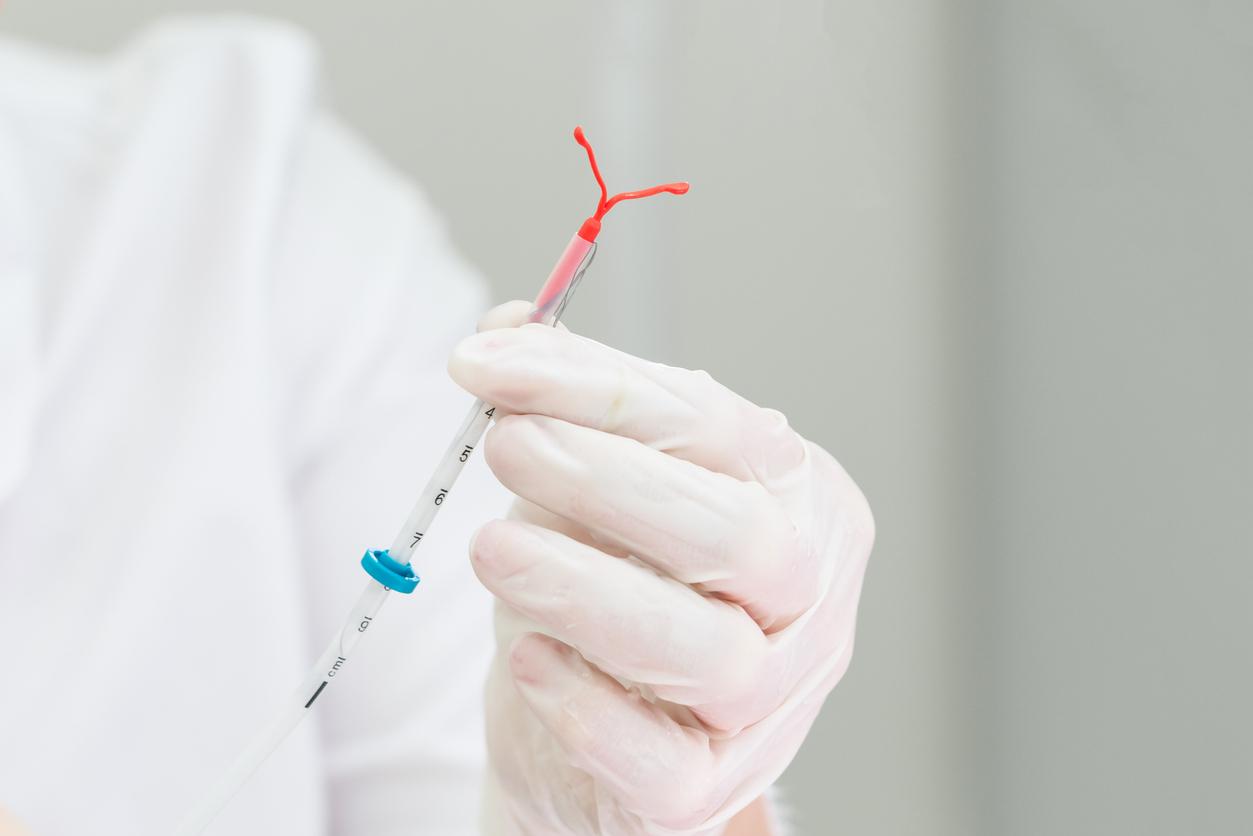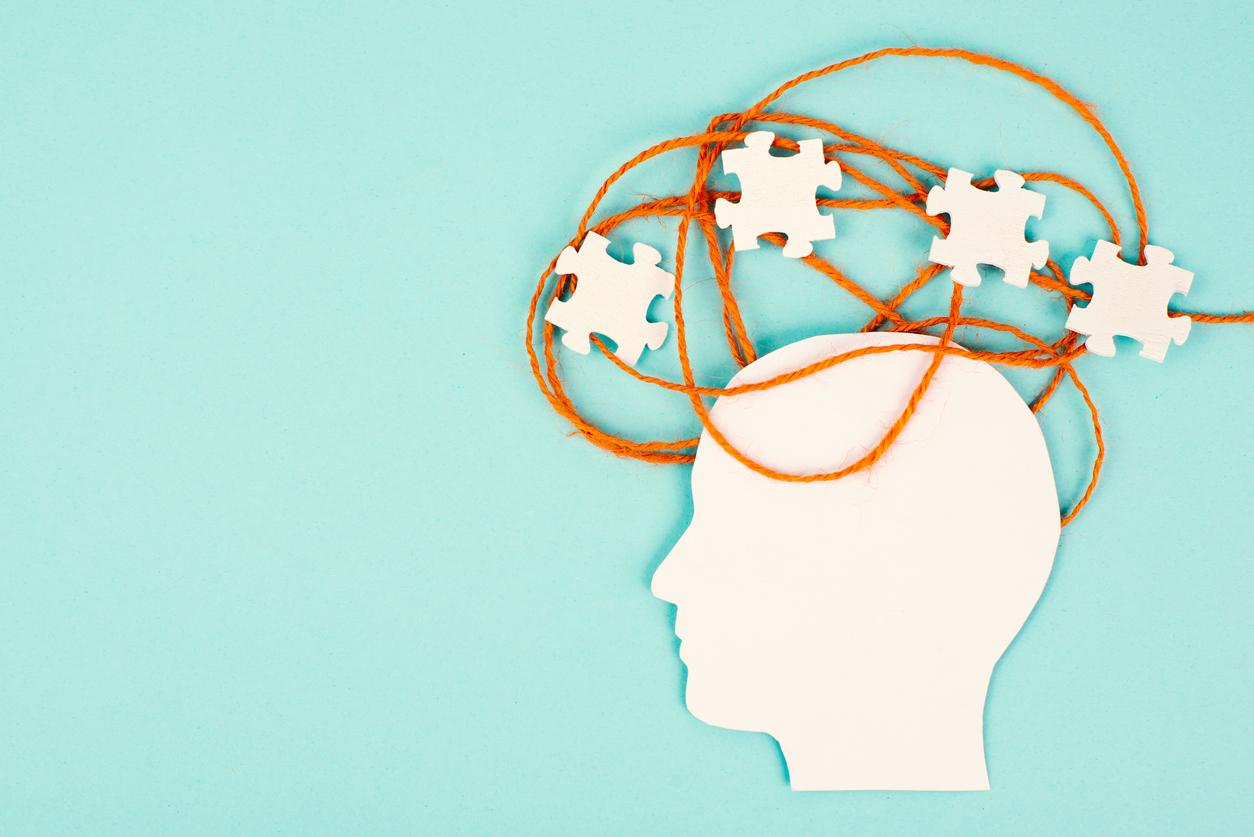Attention deficit disorder with or without hyperactivity (ADHD) is a neurodevelopmental disorder that manifests itself in childhood but which sometimes goes unnoticed, leaving some patients without treatment.

- 2.8% of adults suffer from ADHD, with a ratio of one man to one woman.
- “ADHD manifests itself differently in adulthood. The expression of the disorder can vary depending on age-related expectations (appearance of new responsibilities), learning, and the internalization of social rules.”
- Several signs can suggest it, such as difficulties with organization, time management, procrastination, excessive need to move, to keep busy, emotional dysregulation, anxiety disorders, etc.
5.9% of children under 18 have ADHD compared to 2.8% of adults, announces Inserm. This neurodevelopmental disorder is caused by a “accumulation of genetic and environmental factors that lead to subtle changes in different neural networks and the cognitive, motivational and emotional processes they control”. To prevent its daily consequences, treatments and therapies exist… but you still need to receive the diagnosis! To help patients and doctors identify it more effectively, the CoActis Santé association has developed advice sheets under the aegis of numerous experts in the field.
Adult ADHD: “the expression of the disorder may vary depending on age-related expectations”
“ADHD manifests itself differently in adulthood. The expression of the disorder can vary depending on age-related expectations (appearance of new responsibilities), learning, the internalization of social rules, specifies the association on handiconnect.fr. The gateway to diagnosis is often through comorbidities.”
The suggestive signs of ADHD in adults that you can spot yourself are:
– inattention which can result in: difficulties in modulating attention, difficulties in organization, time management, procrastination, distractibility, losses, forgetfulness and thoughtlessness;
-hyperactivity: excessive mental wandering, excessive need to move, to keep busy, difficulty relaxing;
-impulsivity: the person cannot bear to wait, they may appear without a filter, they cut off speech, take risks, do not complete the actions undertaken;
-other signs often found: irritability, emotional dysregulation, anxiety disorders, low self-esteem, sleep disorders, fatigability, addictions or even difficult interpersonal relationships.
The presence of several of these signs should lead you to consult. Only a psychiatrist, neurologist or general practitioner trained in the diagnosis of ADHD can establish the presence of the disorder. Once the diagnosis has been made, different treatment methods are offered depending on the patient’s needs and expectations: medications, occupational therapy, psychotherapy, coaching, etc.
Why is ADHD not always diagnosed in childhood?
The diagnosis of ADHD can be complex, in particular because there is no biological test that can confirm it, but also because there are many expressions of the disorder depending on the individual. Furthermore, many clichés surround ADHD, so that discreet personalities or good students – for example – can easily remain in the shadows, hiding their difficulties. As such, this disorder seems underdiagnosed in girls, with a ratio of two to three boys for one girl, while we find a ratio of one man for one woman in adulthood.


















